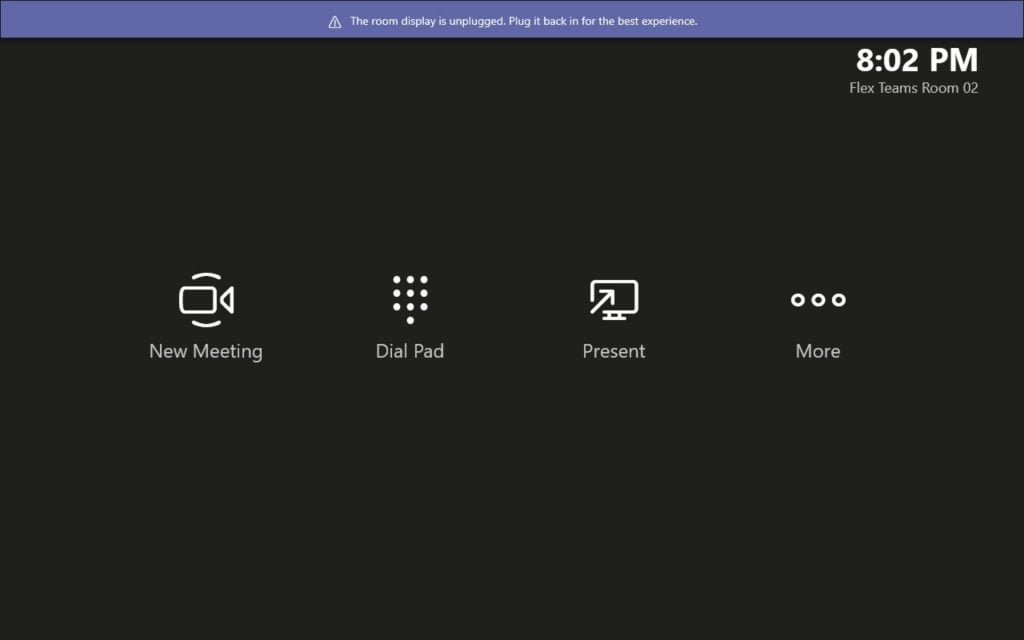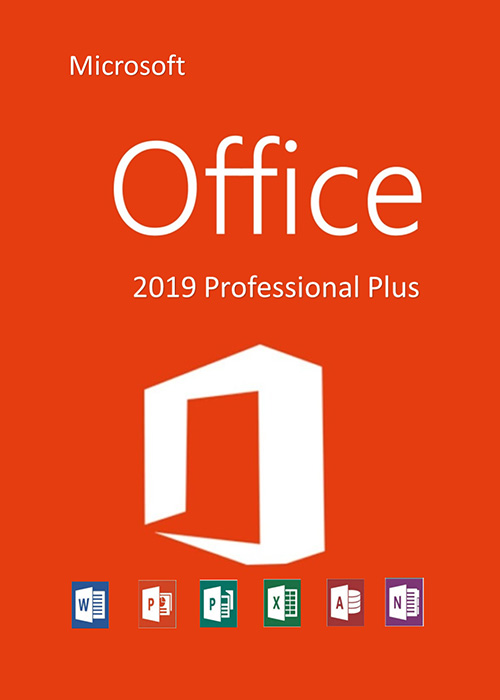You can share your screen in Microsoft Teams however this is only possible when someone is logged into the machine & follows the steps below. Starting a screen sharing session in Teams is quite easy, and in this guide, we’ll show you how you can d. In Remote Desktop Connection, type the name of the PC you want to connect to (from Step 1), and then select Connect. On your Windows, Android, or iOS device: Open the Remote Desktop app (available for free from Microsoft Store, Google Play, and the Mac App Store), and add the name of the PC that you want to connect to (from Step 1).
- Microsoft Office Remote Access Tv Show Cast Members
- Microsoft Office Support Remote Access
- Microsoft Remote Access Desktop
- Microsoft Office 365 Remote Access
- Microsoft Office Remote Access
- Microsoft Remote Email Access
- Microsoft Outlook Web Access

Microsoft Teams and Microsoft 365 help you get work done—with others and on your own—wherever you are. As long as you can connect to the internet, you can connect to the files and people you need to stay productive. Teams and Office have advanced security features built in so you can relax knowing your info is backed by enterprise-grade security.
Your organization may have best practices for working remotely, so contact them with questions specific to your organization’s policies.
Click the pictures below for more information:

More collaboration ideas
If you don't have Microsoft 365
Don't have Microsoft Teams? Your small business can get 6 months of Teams in Office for free (when you sign up for 1 year). Details
Microsoft Office Remote Access Tv Show Cast Members
Connect with a Microsoft Store associate for virtual Microsoft 365 training:
Microsoft Office Support Remote Access
Australia | Canada, English | Canada, French | United Kingdom | USA
See Also
Microsoft Remote Access Desktop
 -->
-->Your business may need to enable your workers to have secure access to your organization's on-premises and cloud-based information, tools, and resources from their homes. Allowing workers to work away from the office is important for many organizations to:
- Save on office space.
- Hire and retain workers who are unwilling to relocate.
- Reduce worker commuting, leaving them with more time to be productive and for stress-reducing activities outside of work.
Microsoft 365 has the capabilities to empower your workers to work remotely.
Note
If you are new to Microsoft 365, see these resources.
Watch this video for an overview of the deployment process.
For IT professionals managing onsite and cloud-based infrastructure to enable worker productivity, this solution provides these key capabilities:
Microsoft Office 365 Remote Access
Connected
From anywhere in the world and at any time, remote workers are able to access:
Cloud-based services and data in your Microsoft 365 subscription.
Organization resources, such those offered by on-premises application datacenters.
Secure
Sign-ins are secured with multi-factor authentication (MFA) and built-in security features of Microsoft 365 and Windows 10 protect against malware, malicious attacks, and data loss.
Managed
Your remote worker's devices can be managed from the cloud with security settings, allowed apps, and to require compliance with system health.
Collaborative and productive
Your remote workers can be as productive as on-premises in a highly collaborative way with:
Online meetings and chat sessions with Teams.
Shared workspaces for cloud-based file storage with global accessibility and real-time collaboration with SharePoint and OneDrive.
Shared tasks and workflows to divide up the work and get things done.
For a seamless sign-in experience, your on-premises Active Directory Domain Services (AD DS) user accounts should be synchronized with Azure Active Directory (Azure AD). To protect your Windows 10 devices, they should be enrolled in Intune. Here is a high-level view of the infrastructure.
To enable the capabilities of Microsoft 365 for your remote workers, use these Microsoft 365 features.
| Capability or feature | Description | Licensing |
|---|---|---|
| MFA enforced with security defaults | Protect against compromised identities and devices by requiring a second form of authentication for sign-ins. Security defaults requires MFA for all user accounts. | Microsoft 365 E3 or E5 |
| MFA enforced with Conditional Access | Require MFA based on the properties of the sign-in with Conditional Access policies. | Microsoft 365 E3 or E5 |
| MFA enforced with risk-based Conditional Access | Require MFA based on the risk of the user sign-in with Microsoft Defender for Identity. | Microsoft 365 E5 or E3 with Azure AD Premium P2 licenses |
| Self-Service Password Reset (SSPR) | Allow your users to reset or unlock their passwords or accounts. | Microsoft 365 E3 or E5 |
| Azure AD Application Proxy | Provide secure remote access for web-based applications hosted on intranet servers. | Requires separate paid Azure subscription |
| Azure Point-to-Site VPN | Create a secure connection from a remote worker’s device to your intranet through an Azure virtual network. | Requires separate paid Azure subscription |
| Windows Virtual Desktop | Support remote workers who can only use their personal and unmanaged devices with virtual desktops running in Azure. | Requires separate paid Azure subscription |
| Remote Desktop Services (RDS) | Allow employees to connect into Windows-based computers on your intranet. | Microsoft 365 E3 or E5 |
| Remote Desktop Services Gateway | Encrypt communications and prevent the RDS hosts from being directly exposed to the Internet. | Requires separate Windows Server licenses |
| Microsoft Intune | Manage devices and applications. | Microsoft 365 E3 or E5 |
| Configuration Manager | Manage software installations, updates, and settings on your devices | Requires separate Configuration Manager licenses |
| Desktop Analytics | Determine the update readiness of your Windows clients. | Requires separate Configuration Manager licenses |
| Windows Autopilot | Set up and pre-configure new Windows 10 devices for productive use. | Microsoft 365 E3 or E5 |
| Microsoft Teams, Exchange Online, SharePoint Online and OneDrive, Microsoft 365 Apps, Microsoft Power Platform, and Yammer | Create, communicate, and collaborate. | Microsoft 365 E3 or E5 |
For security and compliance criteria, see Deploy security and compliance for remote workers.
For a 2-page summary of this solution, see the Empower remote workers poster.
You can also download this poster in PDF or PowerPoint formats and print it on letter, legal, or tabloid (11 x 17) size paper.
Microsoft Office Remote Access
Provide remote working for all of your workers
Microsoft Remote Email Access
You can enable all of your workers to stay productive from anywhere with these devices:
A modern device, such as a Surface laptop and Windows 10, which has the features, security, and performance to access Microsoft 365 cloud apps and services directly over the web.
Any device including older laptops or desktops used from home, which can access Microsoft 365 cloud apps and services indirectly through a quickly deployed Windows 10-based virtual desktop. This option provides high performance, strong security, and simplified IT management.
Bitwarden makes it easy for you to create, store, and access your passwords. Bitwarden stores all of your logins in an encrypted vault that syncs across all of your devices. Since it's fully. Bitwarden is a secure and free password manager for all of your devices. Bitwarden is the easiest and safest way to store all of your logins and passwords while conveniently keeping them synced. Chrome.
Next steps
Microsoft Outlook Web Access
Use these steps to secure and optimize access to your organization's servers and cloud services and maximize your remote worker's productivity.
For the latest information from Microsoft about supporting remote workers, see the Enabling hybrid workwith Microsoft Teams site.
To see how a fictional but representative multi-national organization empowered its remote workers, see Contoso's COVID-19 response and infrastructure for remote and onsite work.
